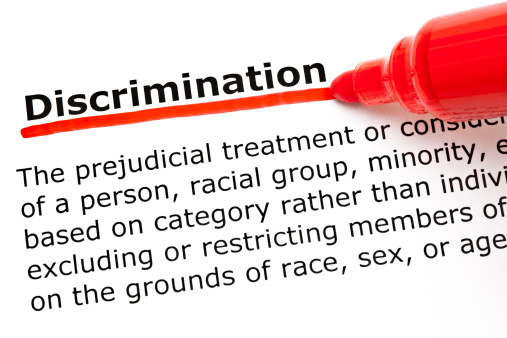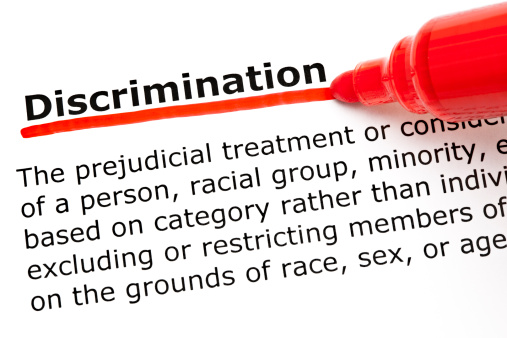A field guide to the weirdest ways employees quit their jobs
If anybody understands how bizarre human behavior can be, it’s HR pros. So for your entertainment, here’s a compilation of head-scratchers from the “I Quit” archives.
Make no mistake, there’s a price to pay for qutting a job in a disruptive way, according to a recent OfficeTeam survey.
OfficeTeam, a leading staffing service, put this question to HR managers: “In your opinion, how does the manner in which someone quits a job affect that person’s future career opportunities?” Nearly nine of 10 (86%) said it either “greatly” or “somewhat” affected the departing employee’s future prospects.
Apparently, there’s a group of workers (perhaps they’re now former workers) who didn’t care about possible consequences. The researchers asked the HR managers to recount the most unusual way they’ve heard of someone quitting. Some of their responses:
- “An employee baked a cake with her resignation letter written on top.”
- “A marching band accompanied one guy in his announcement.”
- “The worker threw a brick through the window with the words ‘I quit’ written on it.”
- “An employee left a sticky note explaining he was quitting.”
- “The individual sent an email blast to all staff.”
- “A worker threw a cup of coffee and walked out.”
- “One employee bragged to his colleagues that it was his last day, but failed to let the HR manager or his boss know.”
- Some workers went high-tech with their resignations:
- “One woman created a music video to explain she was leaving.”
- “A worker sent his boss a text message.”
- “One person quit via Facebook.”
- “The employee submitted a message through the company website.”
- “Someone resigned on a video conference call.”
A few employees had someone else do their dirty work:
- “One person made his wife call to say he was not coming back.”
- “The worker sent a text to his colleague and asked her to forward it to management.”
- “An employee’s parents let the company know their son was resigning.”
Others did a disappearing act:
- “A person went to the bathroom and didn’t return.”
- “One worker packed up her belongings and walked out without a word.”
- “Someone left for lunch and never came back.”
- “A worker stormed out in the middle of a meeting without explanation.”
- “The employee said she was stepping out to buy new boots, but was never seen again.”
And one worker took a more direct approach: “He just stood up and said, ‘I quit.’”
OK, your turn: Send us the strangest ways you’ve seen workers exit your employ.
For more HR News, please visit: A field guide to the weirdest ways employees quit their jobs
Source: News from HR Morning







